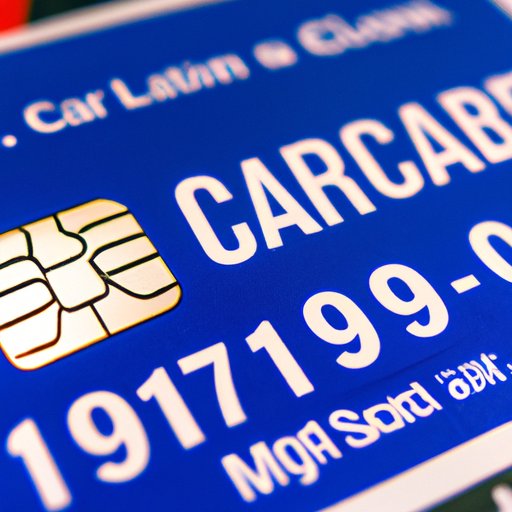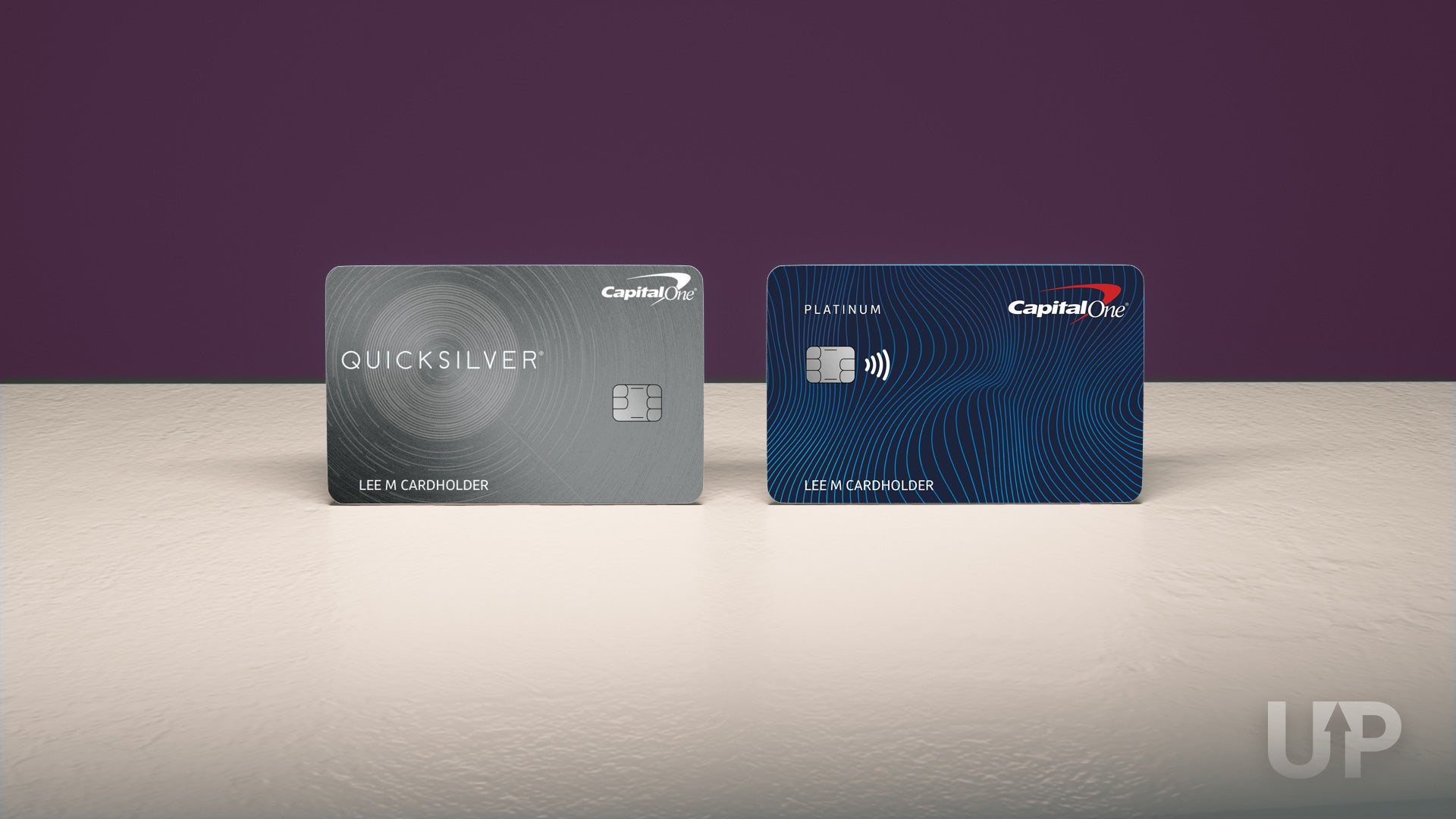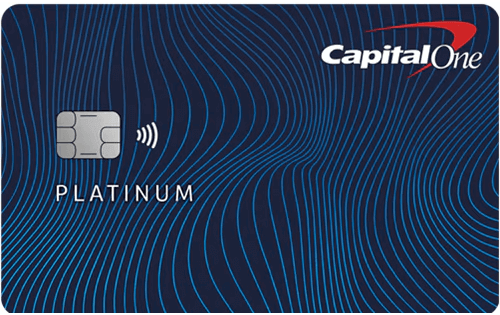How Many Cards Can I Have With Capital One

Capital One credit card hopefuls are facing a crucial question: how many cards can one person actually hold? The answer, while not a hard and fast limit, hinges on several key factors that dictate approval.
This article breaks down the complex relationship between credit score, income, and responsible credit management that determines your eligibility for multiple Capital One cards.
Understanding Capital One's Stance
Capital One doesn't publicly state a maximum number of credit cards an individual can possess. Instead, their approval process focuses on assessing risk and a borrower's ability to manage credit responsibly. Several factors are considered.
These factors are your credit score, income, and overall creditworthiness, including your existing credit lines with Capital One and other lenders.
Key Factors Influencing Card Approval
Your credit score is paramount. A higher score significantly increases your chances of approval, especially when applying for multiple cards. Capital One typically prefers applicants with good to excellent credit (scores above 670).
Income plays a crucial role in demonstrating your ability to repay debts. A higher income level provides Capital One with confidence in your financial stability.
Capital One will also consider your existing credit limits across all your credit cards. They want to ensure you aren't overextended and can handle additional credit lines responsibly.
The Unspoken Rule: Balance and Responsibility
While no explicit limit exists, anecdotal evidence and expert analysis suggest an implicit rule. Capital One prioritizes responsible credit management.
Holding multiple cards doesn't automatically disqualify you. But high balances, missed payments, or a poor credit utilization ratio will heavily impact your approval odds. Keep your balance low.
Responsible cardholders, even with multiple Capital One accounts, have reported success in acquiring additional cards by demonstrating consistent on-time payments.
Strategies for Maximizing Your Chances
Before applying for another Capital One card, carefully review your credit report. Address any errors or discrepancies that could negatively affect your score.
Pay down existing balances to improve your credit utilization ratio. Aim to keep your balances below 30% of your credit limit on each card.
Wait at least six months between applications for Capital One cards. This demonstrates responsible credit-seeking behavior. It is important to give the credit bureau some time.
Real-World Scenarios and Considerations
Applicants with a lengthy credit history and high credit scores may be approved for multiple cards relatively easily. But new cardholders with limited credit may face stricter scrutiny.
Capital One considers the specific cards you already hold. Owning multiple entry-level cards may reduce your chances of being approved for a premium rewards card, and vice versa.
Individual circumstances vary. Factors like employment history, housing costs, and other debts are also considered during the application process.
What To Do Next
Check your credit score and review your credit report before applying for additional Capital One cards. Understanding your current credit standing is essential.
Manage your existing credit lines responsibly. Pay bills on time and keep balances low. Consider applying for a pre-approval to gauge your chances of success without impacting your credit score.












/images/2023/03/23/capital-one-prequalify-credit-card_03.jpg)





